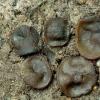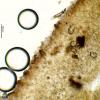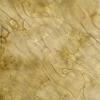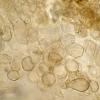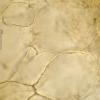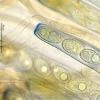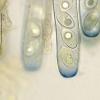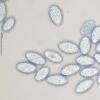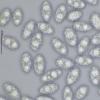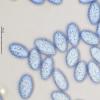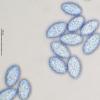
13-10-2022 20:50
 Rubén Martínez-Gil
Rubén Martínez-Gil
Hola a todos.Subo unas fotos de unos apotecios que

11-10-2022 19:32
Joaquin MartinHi I found this small ascomycete on juncus, it ha

10-10-2022 10:08
Juuso ÄikäsThese hyaline - pale yellow fruitbodies were growi

07-10-2022 20:49
 Edvin Johannesen
Edvin Johannesen
Hi!Tiny (0.2-0,4 mm) short-stipitate, circular or

08-10-2022 11:00
 Nicolas VAN VOOREN
Nicolas VAN VOOREN
Bonjour.Afin d'améliorer la connaissance de plusi

05-10-2022 14:35
 Viktorie Halasu
Viktorie Halasu
Hello,I've found here a Hypoxylon (or Hypomontagne

04-10-2022 18:38
Juuso ÄikäsThese little brown, hairy apos were growing on a d
Legaliana badia??
Rubén Martínez-Gil,
13-10-2022 20:50
 Hola a todos.
Hola a todos.Subo unas fotos de unos apotecios que encontramos el sábado en bosque de abedules con pinus y quercus.
Miden hasta 2 cm de diámetro.
Esporas de 16-18.5 x 9.5-10.5 micras.
Pensé en Legaliana badia, ¿Qué les parece?
Gracias por su ayuda
Rubén
Nicolas VAN VOOREN,
14-10-2022 08:14

Re : Legaliana badia??
Hola Rubén.
What is the elevation? With Betula trees, I suppose that this is a ± wet place?
This is not L. badia, the spore ornamentation is different.
Your collection is more related to L. limnaea.
Nicolas
What is the elevation? With Betula trees, I suppose that this is a ± wet place?
This is not L. badia, the spore ornamentation is different.
Your collection is more related to L. limnaea.
Nicolas
Rubén Martínez-Gil,
14-10-2022 22:17

Re : Legaliana badia??
Hola Nico.
Sí, la zona es húmeda, aunque estaba bastante seca después del año tan malo que llevamos....
La altitud es de unos 1.300 metros.
Gracias por su ayuda.
Rubén
Sí, la zona es húmeda, aunque estaba bastante seca después del año tan malo que llevamos....
La altitud es de unos 1.300 metros.
Gracias por su ayuda.
Rubén
